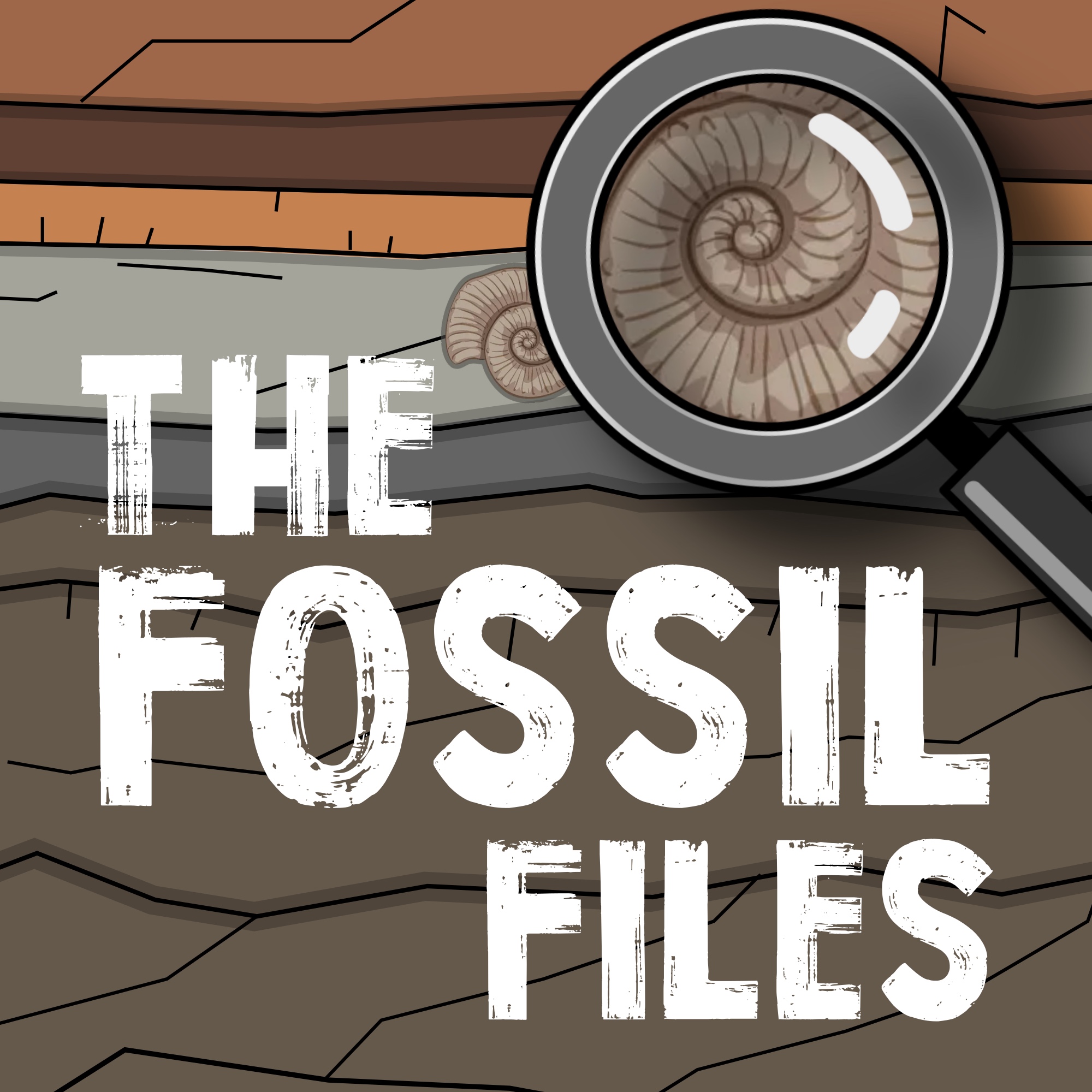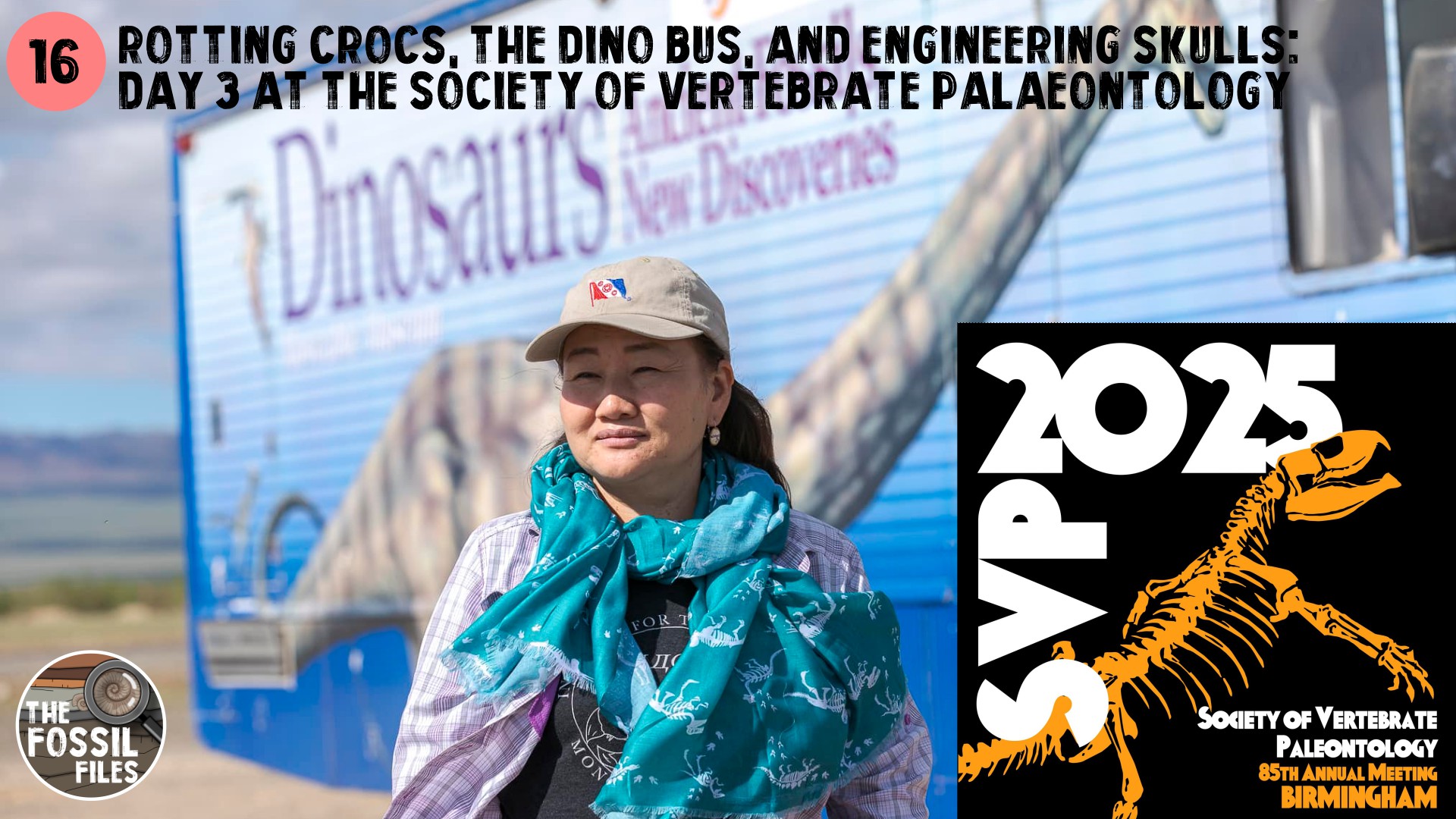The Fossil Files
Podcast Description
In “The Fossil Files”, a pair of palaeontologists delve into the latest discoveries from the world of palaeontology and seek to bring fossils to back to life. Each episode, Susie and Rob will discuss an interesting new research paper ranging from topics of what dinosaurs ate, how plesiosaurs swam, where we came from, and the science of de-extinction. Whilst doing so, we peek under the hood of how the science of palaeontology is done and how research gets to see the light of day. It is for anybody interested in palaeontology and past life whether that is students, researchers themselves, or simply the fossil-curious - we laugh as we learn, and hope you will too.
Episode guide at https://fossils.libsyn.com/
Podcast Insights
Content Themes
The podcast focuses on various aspects of palaeontology, covering topics such as dinosaur diets, plesiosaur locomotion, human evolution, and the science of de-extinction, with episodes like a deep dive into exceptional preservation examples in Jurassic fossils and discussions about soft tissue analysis to reconstruct past life.

In “The Fossil Files”, a pair of palaeontologists delve into the latest discoveries from the world of palaeontology and seek to bring fossils to back to life. Each episode, Susie and Rob will discuss an interesting new research paper ranging from topics of what dinosaurs ate, how plesiosaurs swam, where we came from, and the science of de-extinction. Whilst doing so, we peek under the hood of how the science of palaeontology is done and how research gets to see the light of day. It is for anybody interested in palaeontology and past life whether that is students, researchers themselves, or simply the fossil-curious – we laugh as we learn, and hope you will too.
Episode guide at https://fossils.libsyn.com/
In the last of our series from the massive Society of Vertebrate Paleontology meeting, Susie and Rob finally manage to catch up for a gossip. In this episode with get a disgusting taste of rotting crocodile experiments with Stephanie Drumheller of the University of Tennessee, an insight into the Dinosaur battle bus education project that has been travelling the Mongolian steppe with Bolor Minjin of the American Museum of Natural History and the Institute for the Study of Mongolian Dinosaurs, and finally how engineering approaches can help us figure out what fossil organisms were up to long after their death with Emily Rayfield, University of Bristol.

Disclaimer
This podcast’s information is provided for general reference and was obtained from publicly accessible sources. The Podcast Collaborative neither produces nor verifies the content, accuracy, or suitability of this podcast. Views and opinions belong solely to the podcast creators and guests.
For a complete disclaimer, please see our Full Disclaimer on the archive page. The Podcast Collaborative bears no responsibility for the podcast’s themes, language, or overall content. Listener discretion is advised. Read our Terms of Use and Privacy Policy for more details.
